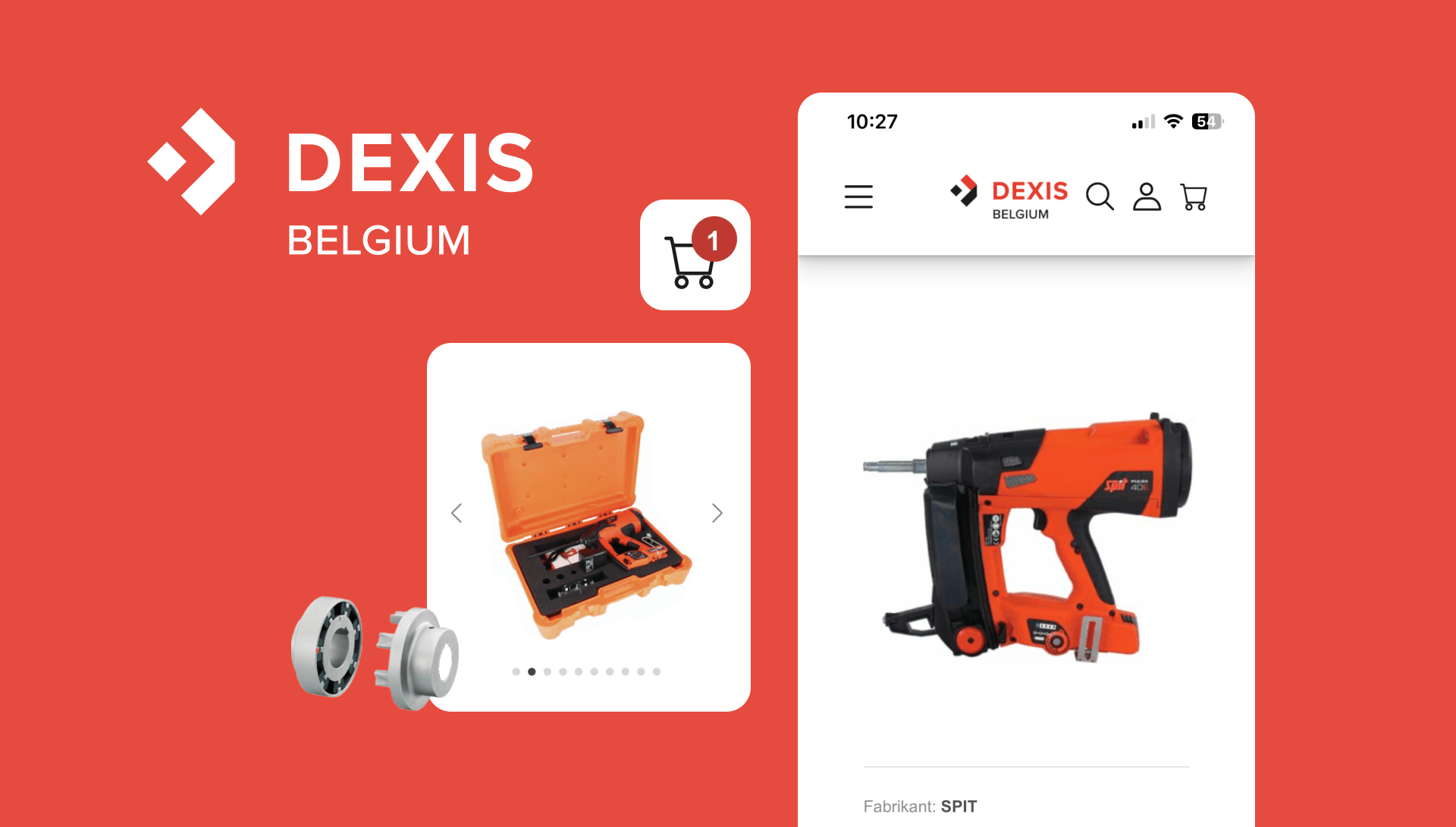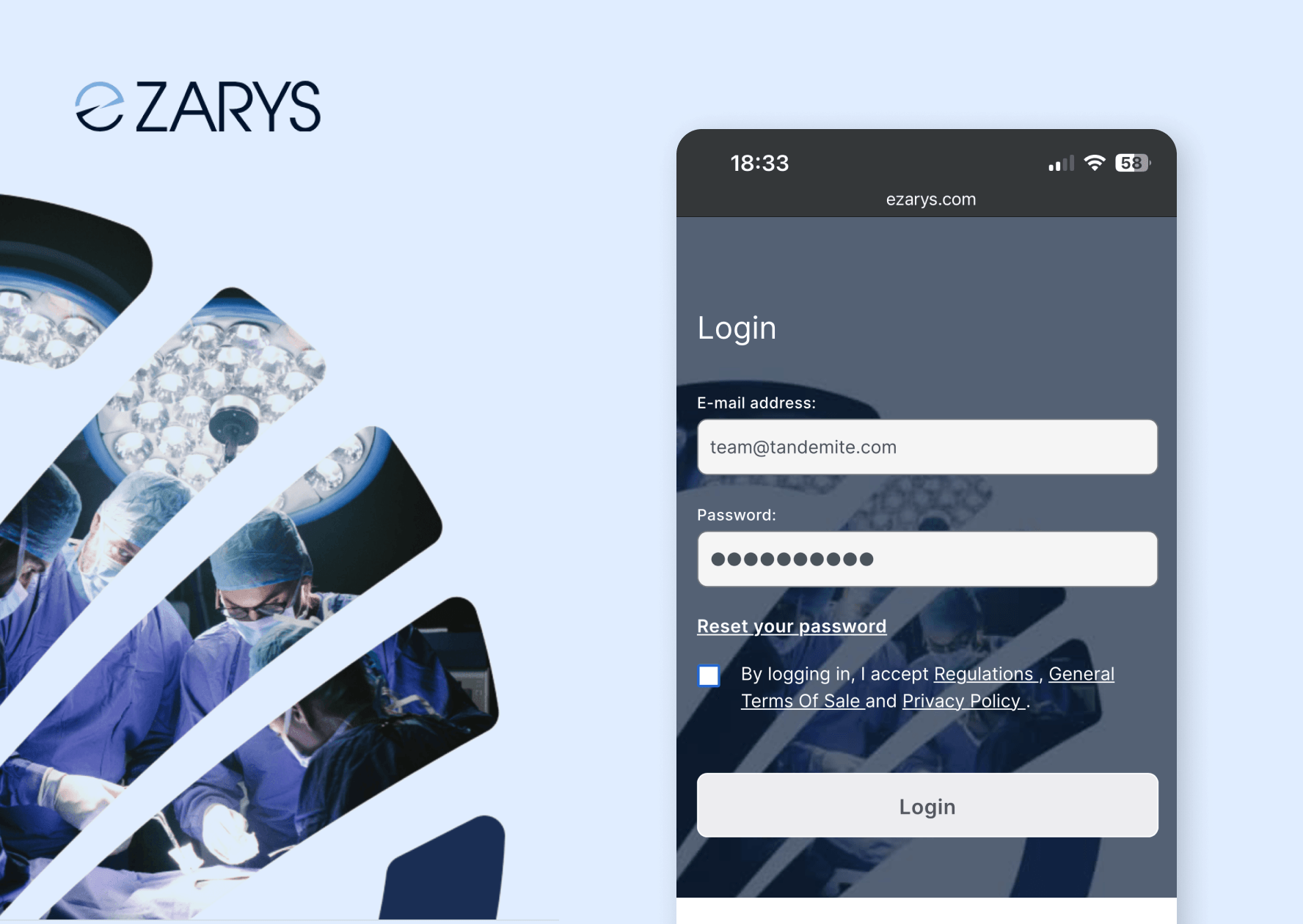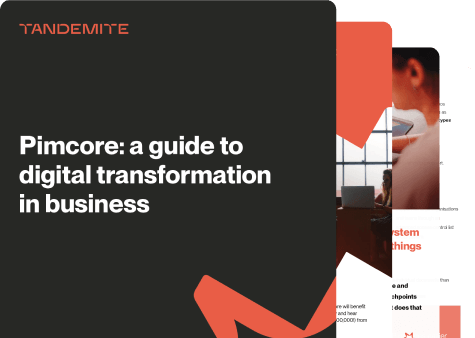In a few marketing words
We handle digital operational processes for manufacturers and e-commerce



Manufacturers
Are you making something out of nothing? We help you bring customers closer to your business. We create online shops, automate exchanges of product information and handle your purchase and non-purchase processes.
Bring your product to your customer. Directly.
E-commerce
Do you deliver your products to hundreds of thousands of customers? We’ll help you do it faster and with better automation. We will develop what you already have, or we’ll put a new spin on the system – with technology that fosters your growth.
Online and offline? New markets? Let’s go!

We go in tandem
The priority is proven technology
We’re here to help.
Among the wide variety of technologies available, we pick only those that have demonstrated real-world results. This gives you a strong base for gaining a competitive edge.
Our partners are undisputed leaders in their fields. They develop global software used by hundreds of thousands of organizations.
Pimcore

PIMCORE GOLD PARTNER
Comprehensive platform for managing product information, digital assets, content, master data and e-commerce.
Storyblok

CERTIFIED STORYBLOK PARTNER
Headless CMS that allows you to create and manage content in one place, and then publish it across any platform seamlessly.
Shopware

SHOPWARE BUSINESS PARTNER
eCommerce platform with a user-friendly administration panel and a wide range of functionalities, which allows you to quickly grow and scale your business.
Akeneo
PIM system that supports businesses in managing all aspects of their product data, including collection, cleansing, categorization, and enrichment.
Magento
eCommerce platform for building multi-channel B2B and B2C sales. Developed by Adobe since 2020.
Ergonode
Product Information Management software that prioritizes user experience, AI-driven automation, and seamless integration capabilities.
Cooperation is our principle
Trusted by

















































Real-world success stories











